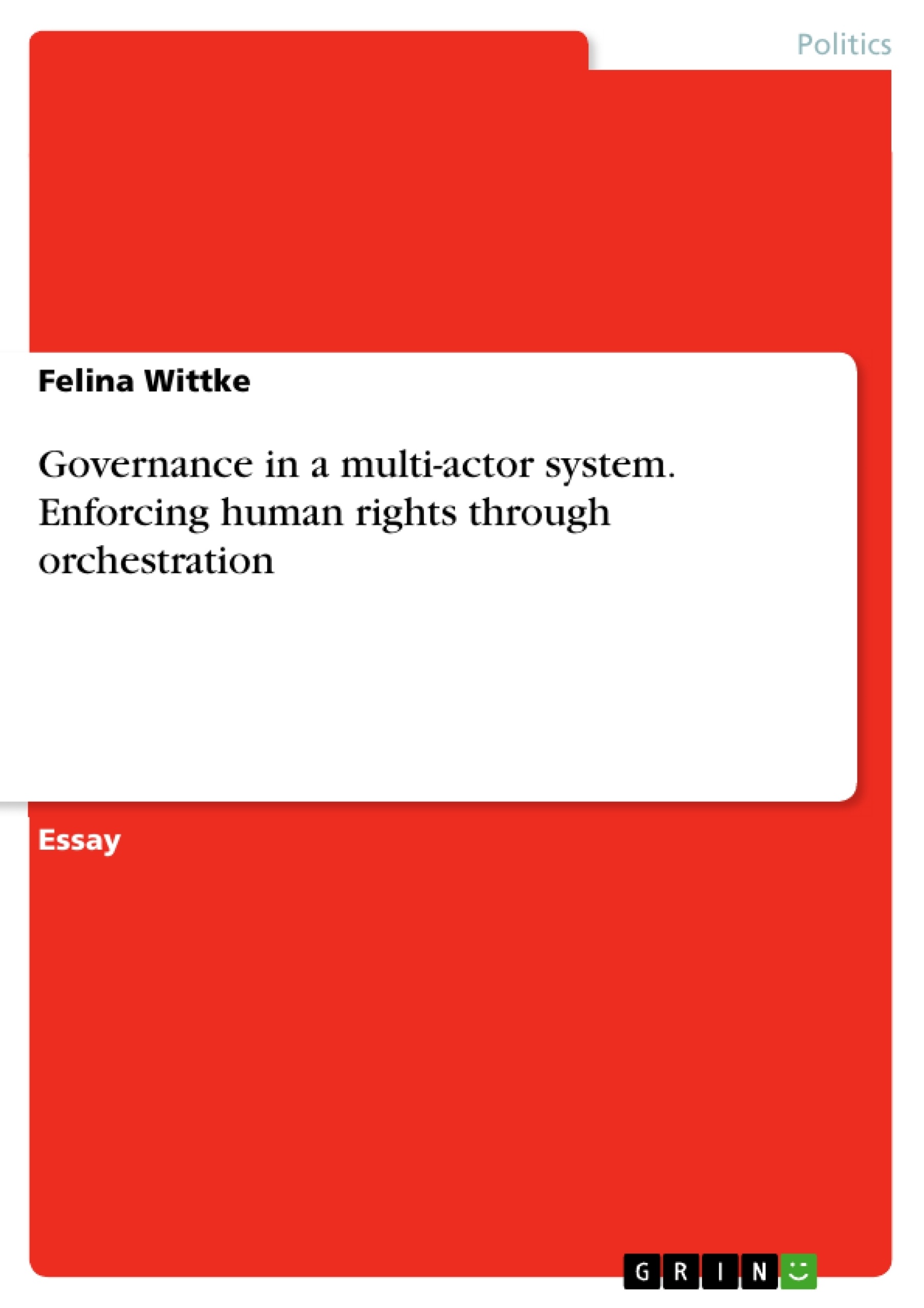The European Union (EU) is one of the main global actors in promoting human rights. Values such as freedom, democracy, dignity, equality and fundamental human rights are not only embedded in the treaties which all EU member states approved voluntarily, but a separate Charter codifying certain political, economic and social rights for all EU citizens has been adopted in 2000 and is legally binding for all EU member states since 2009. Given that all EU member states are already part of the European Convention on Human Rights (ECHR), the EU Charter offers an extra layer of protection and promotion of human rights by obliging the organs of the EU to actively engage in the fulfillment of this goal and establishes an additional mode of enforcement.
Most states are bound to several mechanisms that promote and protect human rights (United Nations Charter, Universal Declaration of Human Rights, ECHR, African Charter on Human Rights, American Charter on Human Rights and many more). The existence of numerous binding and non-binding treaties and regimes that all have the same objective, namely protecting certain fundamental human rights, shows on the one hand how important the issue is and that this importance is recognized worldwide, but on the other hand it reveals that the infringement of human rights is frequent. It would not be necessary to bind states to ever more regimes if they complied to the already existing ones and perfectly respected human rights.
Inhaltsverzeichnis (Table of Contents)
- Introduction
- Mapping Orchestration
- Conclusion
- Sources
Zielsetzung und Themenschwerpunkte (Objectives and Key Themes)
This paper examines the European Union's (EU) approach to promoting and enforcing human rights through a multi-actor system known as orchestration. It delves into the EU's strategy for protecting human rights defenders, highlighting the challenges of traditional hierarchical governance models in achieving compliance with human rights standards.
- Orchestration as a governance model in the domain of human rights
- The EU's role as an orchestrator in protecting human rights defenders
- The "O-I-T" model and its application to the EU's strategy
- The role of intermediaries in bridging the compliance gap
- The significance of multi-level intermediaries in achieving human rights goals
Zusammenfassung der Kapitel (Chapter Summaries)
- Introduction: The introduction establishes the context for the paper, highlighting the EU's commitment to human rights promotion and the challenges posed by compliance gaps. It emphasizes the need for alternative governance models, particularly orchestration, to address these challenges.
- Mapping Orchestration: This chapter delves into the concept of orchestration and its application in the EU's strategy for protecting human rights defenders. It outlines the O-I-T model, which identifies the EU as the orchestrator, the Protect Defenders network as the primary intermediary, and various local human rights organizations as second-level intermediaries. It also discusses the EU's techniques of orchestration, including cognitive and normative guidance and financial assistance.
Schlüsselwörter (Keywords)
This paper focuses on key concepts such as human rights, orchestration, governance, intermediaries, compliance gaps, human rights defenders, EU strategy, European Instrument for Democracy and Human Rights (EIDHR), Protect Defenders, and the O-I-T model. It explores the intersection of these themes within the context of EU efforts to promote and enforce human rights.
- Quote paper
- Felina Wittke (Author), 2017, Governance in a multi-actor system. Enforcing human rights through orchestration, Munich, GRIN Verlag, https://www.grin.com/document/424029



